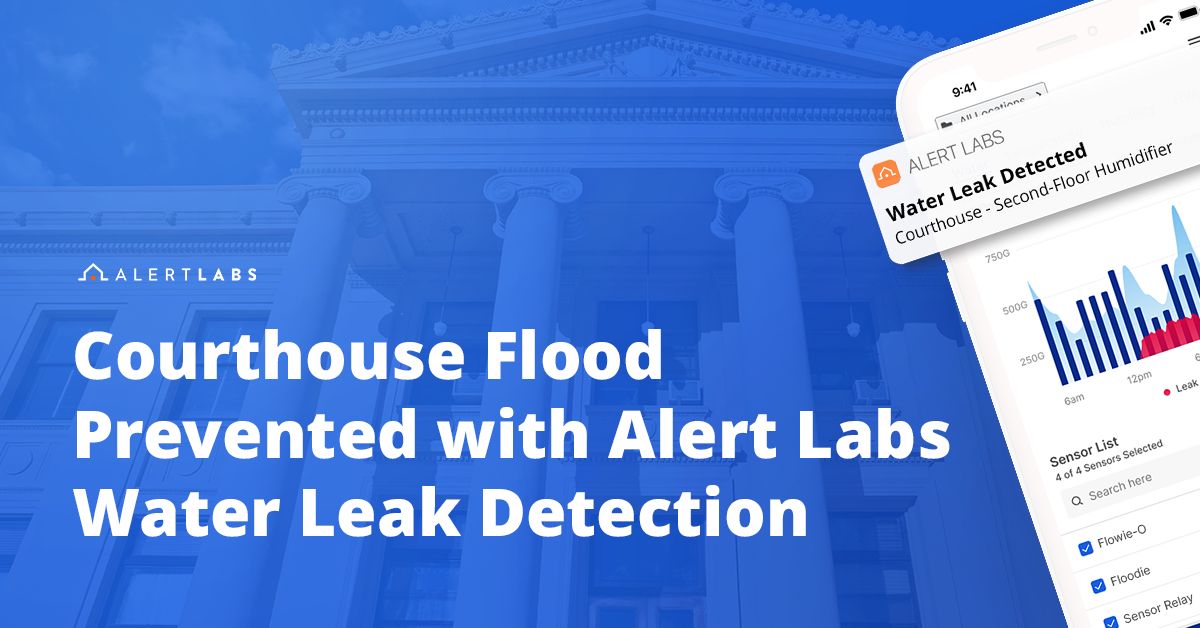How to Read a Water Meter to Detect a Leak

After examining your last water bill, you’re worried that you’re using too much water, or worse, you have a water leak in your home. And you’re not alone. According to the EPA, 10 percent of homes in the US have leaks that waste 90 gallons or more each day. You’ve already instituted a 5-minute shower rule and your sprinklers are on timers. You’re thinking you must have a water leak somewhere.
If you’ve already searched your home for all the likely culprits—a running toilet, shower head or faucet leaks and everything appears to be in working order, the easiest way to figure out if you have a leak is to read your water meter.
Reading your water meter to detect a leak in any of your buildings is simple.
Check out this short article on to how to a water meter to get the quantity of water used in gallons, cubic feet or cubic meters.
How to read a water meter to detect a leak
Watch this quick video on how to read a water meter to detect a leak.
STEP 1
The best time to do this is in the early morning hours when water use is minimal.
STEP 2
Locate the ‘low flow indicator’ on the face of the water meter—it's can be a small red or black triangle or dial on the face of the meter. Write down the reading.
STEP 3
Wait a few hours and check the reading again. In large buildings, water use may not reach 0 gallons per minute so your second water meter reading will likely be higher. The key is to repeat measurements over a week or two to establish a baseline. ecord You may have a leak. If the indicator is turning, moving, or shaking, there may still be water flowing and there is in fact, a leak somewhere in your home.
Once you’ve read your water meter to detect a water leak in your home, you’ll want to figure out the source of the mystery leak.
Start by investigating the following:
Faucets and valves
Water softeners
Furnace Humidifier
Other indoor places
Outdoors
If your search for the elusive water leak in your home turns up dry, get in touch with your neighborhood plumbing expert. And when you do, at the very least, you could save 10 percent on your water bills and avoid other costly damage.




